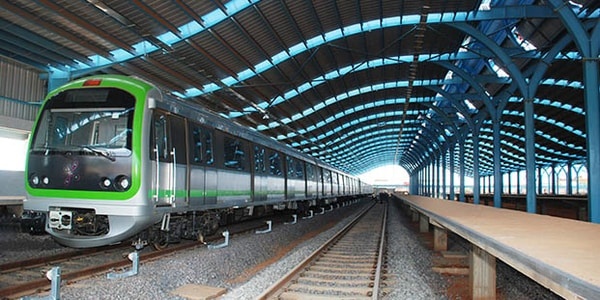India Shines Bright: Sindoor & Rakshikha Win Silver at Pickleball World Cup!
Sindoor Mittal, Vice Chairperson of Avaada Group, has made India proud by winning the Silver Medal at the Pickleball World Cup 2025, held in Florida, USA. Partnering with Rakshikha Ravi in the Women’s Open Doubles 5.0 category, Sindoor showcased exceptional skill, determination, and teamwork, placing India firmly on the international Pickleball map. This achievement marks a significant milestone for India in an emerging global sport.She wasn’t the only Indian shining bright. Anushka Chhabria clinched a bronze medal, while Vijay Chhabria created history by winning India’s first-ever gold at the Pickleball World Cup. Together, this trio represents India’s rising power in a sport rapidly capturing global attention.Pickleball: From Backyard Game to Global PhenomenonPickleball is a fast-growing racket or paddle sport that combines elements of tennis, badminton, and table tennis. Played with a smooth-faced paddle and a perforated plastic ball, it can be enjoyed both indoors and outdoors. The game’s origins trace back to 1965 on Bainbridge Island, Washington, when Joel Pritchard and Bill Bell invented it as a backyard game for their families. Initially played with a Wiffle ball and improvised paddles, the sport quickly evolved into a formal game with standardized rules and equipment, including durable plywood paddles and lowered nets for optimal play. Over the decades, Pickleball has grown exponentially in popularity worldwide. In 2022, it was even named the official state sport of Washington, reflecting its cultural significance in the United States. Today, it brings together athletes from across the globe in competitive tournaments, celebrating agility, strategy, precision, and teamwork.Rakshikha Ravi: India’s Rising Pickleball StarRakshikha Ravi, a 19-year-old from Ahmedabad, is a rising star in Indian pickleball. With a strong tennis background, she seamlessly transitioned to pickleball, mastering skills like dinking, placement shots, and net play. Balancing her studies with rigorous training, Rakshikha exemplifies discipline and perseverance. Partnering with Sindoor Mittal in the Women’s Open Doubles 5.0 category at the 2025 Pickleball World Cup in Florida, she played a pivotal role in securing India’s Silver Medal. Her journey is an inspiring example of dedication, adaptability, and youthful ambition, encouraging more young women in India to explore emerging sports and pursue excellence both on and off the court. India’s Growing Presence in Global PickleballThe 2025 Pickleball World Cup brought together leading players from across the world, highlighting the sport’s rapid rise in popularity. India’s participation and Sindoor’s performance underscore the nation’s growing influence in international Pickleball. As the sport expands globally, achievements like Sindoor’s inspire aspiring athletes back home to pursue Pickleball and other emerging sports with dedication and confidence. This milestone is also a reflection of India’s expanding sports culture, where lesser-known games are gaining recognition alongside traditional favorites like cricket and badminton. Avaada Group: Where Corporate Philosophy Meets SportSindoor Mittal is not just an athlete but also the Vice Chairperson of Avaada Group, a diversified clean energy enterprise committed to driving the global energy transition. Avaada’s operations span renewable power generation, solar PV manufacturing, green hydrogen and its derivatives, green data centers, battery storage, and pumped hydro initiatives. Sindoor’s approach to Pickleball mirrors Avaada’s corporate philosophy, emphasizing agility, strategic thinking, determination, and teamwork. Her dual role as a corporate leader and world-class athlete demonstrates how values cultivated in professional life can translate seamlessly into sports, and vice versa. Her success is a story of balance, resilience, and the pursuit of excellence in every arena.The Sport and Its SpiritPickleball’s unique combination of speed, strategy, and precision makes it a thrilling sport. Matches are won not only through individual skill but also through seamless coordination and teamwork, especially in doubles events. Sindoor and Rakshikha’s silver-winning performance exemplifies this principle, highlighting how cooperation and trust between partners are just as important as technical prowess. From its humble beginnings as a children’s backyard game to a global competitive sport, Pickleball celebrates innovation, adaptability, and passion. Its rise reflects a universal appeal encouraging players of all ages and backgrounds to participate, improve, and compete at higher levels.

.jpg)
 (1).jpeg)
.jpg)
.jpg)
.jpg)
.jpg)
.jpg)
.jpg)








.jpg)
.jpg)









